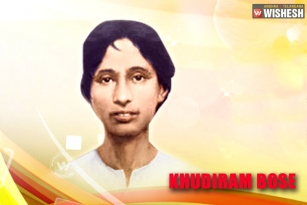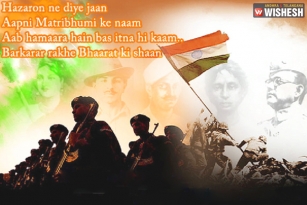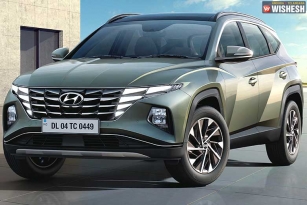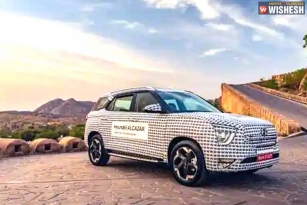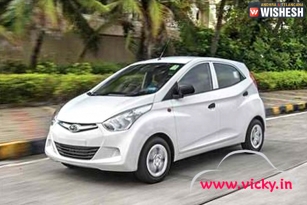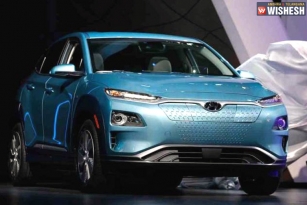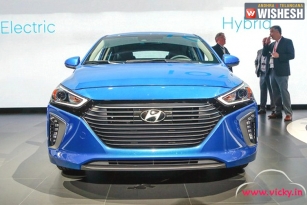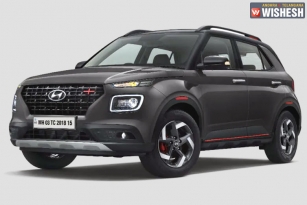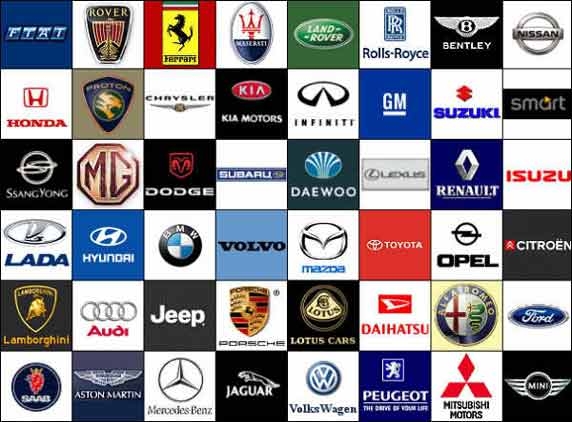
All automobiles, cars and bikes have distinct logos, symbols that will instantly make you realize the make of the car. But, have you ever wondered what the symbols mean? Did you try to find out the history beneath the metal brandings? A few luxury car makers have a great deal of history shrouded by the logos.
Let us start with a modest and a popular car maker.
Hyundai: What can be easily noticed is the Italicized H, but is that all to the logo of a big car manufacturer? If you observe closely, the Hyundai logo has a steel oval surrounding it suggesting the growth of its presence beyond Asia. The H also represents a handshake between the customer and the maker which indicates that the company values its customers for the business.

Renault: Though relatively recent in India, the automaker made its presence in the world quite a while ago. It is pretty old that the logo has been changed ten times at the least.
The logo, its current one, was recently designed in 2007, features its name underneath the diamond on a yellow background. The diamond has been included to indicate the highest quality of cars they make.

Mercedes Benz
The extremely popular logo of the three pointed star is over a hundred years old. The star was first seen on Daimler vehicles indicating the superiority of the vehicles on land, water and air. As early as 1900, Daimler Gottelieb, the artist behind the logo wrote, on his drawing of the star, "this star would one day shine over own factory to symbolize prosperity." The pedestal on which the pointed star is lofted tells another tale; it probably indicates its superiority over other car-makers.
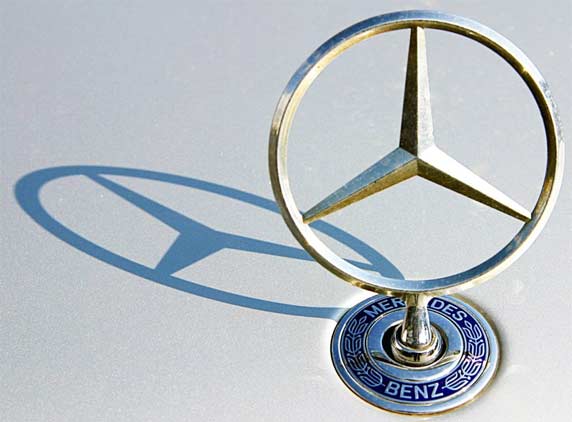
JAGUAR
Simple yet elegant is the logo of Jaguar which features the silvery feline beast mounted at the tip of the hood, a perfect representation of the car infact. Jags are known to be agile and elegant and the logo says nothing different from the text book definition of a Jaguar but for the rosette pattern of spots.

Ferrari, and Porsche: Whether you have seen a car or not, everyone knows Ferrari. Most people consider the maker to be the ceiling of power, style and performance. The Italian car-maker’s logo features the popular prancing horse. A few tales say that the prancing horse was taken from Count Francesco Baracca’s Italian Air Force which has highlighted the efforts of Italy in WWI. Controversially, another tale tells that it also indicated the horse featured on the plane of Germany that crashed during the same World War, a symbol of Stuttgart. This is also debatably the symbol of Porsche.
Ferrari has its USP’s from the logo as well. Founder of Ferrari and his family owned many horses and as an ode to his family tradition and the symbol of power, the logo features a prancing horse. The logo also shows three colors, forming the Italian Flag.


BMW: Bayerische Motoren Werke or Bavarian Motor Company–has a logo that tells two different tales under one logo. The first one takes us to the national colors of Bavaria, blue and white, and hence the logo can be a tribute to the place where the industry had their headquarters initially.
Blue and white often remind us of the sky with the clouds. BMW could be insinuating their career in the aviation segment earlier during 1910s.
The shape of the sectors in the circle is also reminiscent of the propellers of a blade which further strengthens the speculation.
Audi: One of the largest car-maker in the world has a seemingly simple logo of four circles overlapping sideways. It indicates the merger of four separate makers Audi, DKW, Horch and Wanderer, which dates back to 1932.
Another popular contention is that the car-maker is strongly associated with the Olympics which features five rings. The latest logo features a 3D style appearance after the font was also replaced.

(AW- Anil)



